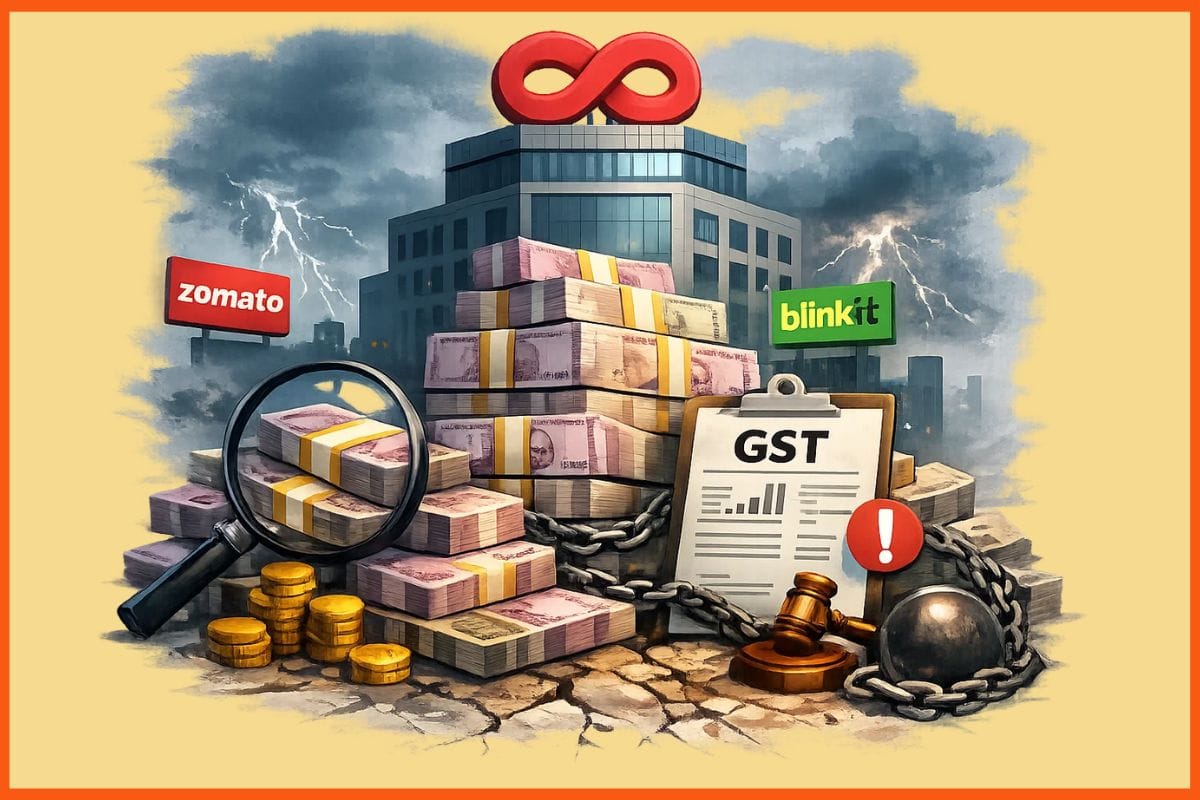What Is a Sales Pipeline And How To Build One For Lead Generation?
📖 Learning
Do you feel that your business and sales processes are falling short somewhere?
If your marketing efforts are proving insufficient results for lead capture and generation, it’s possible that your sales processes are faulty. The process of converting awareness into action is slow and can lose many potential customers.
Even if you start from scratch, the growth of your business doesn’t come from putting in endless working hours alone. One of the most effective tools to build a reliable revenue stream is a sales pipeline.
What Is a Sales Pipeline?
Sales Pipeline is not just another buzzword!
You must have heard about the ‘Sales pipeline’ in the meetings or conversations. It’s not just jargon but an effective system that can change the game for your sales figures. A sales pipeline is a visual representation of opportunities in different phases of the sales process.

It presents a clear outline of prospects, leaks, and loopholes in your sales process. A well-defined sales pipeline educates the salesperson about what step comes ahead and how to go around it. It also gives valuable insights to the managers and helps in decision making.
Sales pipelines give way to:
- Insights into financial metrics.
- Accurate assessment of team performance.
- Preview of monthly revenue.
Now let's look at how to build a sales pipeline for lead generation
Identify the Potential Buyers and Place Them in the Right Stage
Consolidating all your potential buyers is the first step in establishing a sales pipeline. It is important to ascertain that your prospective customers are placed in the right deal stages based on their affiliation with your product or service.
When a potential buyer has contacted you to know more about your product or service, he is in the ‘interaction phase’.
Placing your prospective customers in the right compartment helps you deal with them most effectively. You can approach them accordingly and convert the lead into business.
Segregate and Assign the Sales Activities
Knowing which phase your potential customers belong to can lay out a clear set of sales activities.
Suppose you know your possible buyer belongs to the ‘awareness’ phase where the information flow is the most important. In that case, You will send out emails, brochures, and catalogues to them or target them through infographics and interactive quizzes.
In short, you know what to do and how to take them to the next stage. This way, your salesforce also has clarity on performing the task in the best way possible. Assigning sales activities to each stage of the sales pipeline is crucial for enhancing the effectiveness of sales efforts and the efficiency of the salesforce.
Define the Sales Cycle Length
Your lead source is the biggest factor in defining the length of your sales cycle. How quickly you close the sales depends on the channel through which you approach the potential customer.
Leads generated through emails or calls will have slow sales cycles. Organic leads achieved through websites have a quicker sales cycle.
The above makes it crucial to define the sales cycle length by streamlining various lead sources. If you have a sales cycle defined, it would be easy to know which deal would convert into action and which one has become useless for the business.
Ascertain Your Pipeline Size
If one of your sales representatives targets 50 deals a month and loses 10-12 of them in the sales process, you may raise the bar and give him a target of 70 deals instead.
That’s how you decide the size of your pipeline and meet your target sales for the month. There is no doubt that not all the leads make it to the end of the pipeline. The contingency plan is simple. Start with extra deals so that any leak along the way does not hamper your sales target.
Take Out the Inactive Leads
If certain deals have gotten stagnant, there’s no point waiting for them to convert because the chances of winning such deals are very low. If a deal has gone past its sales cycle, there is no point in wasting sales efforts or campaigns on it.
It is important to know when to stop putting marketing efforts!
One of the effective ways to keep a tab on stagnant leads is to have a specialized software or AI tool that can notify you about deals that aren’t moving to the next stage. It will help you clear the space and make way for new leads.
Timely Review of Sales Pipeline Metrics
Even after establishing an efficient sales pipeline, there is no way to predict the exact outcome. Sales activities change, targets change and with that, strategy changes. A timely review will allow your team to make the necessary changes and bring in more leads to compensate for any lag in the plan.

Conclusion
Businesses that put effort into knowing what their customers want succeed in converting leads into purchases. From awareness to action, it’s a journey for buyers and an open opportunity for you to retain them at any given stage. Sales pipelines provide the perfect set-up for managers for ascertaining the success of sales campaigns and marketing efforts.
FAQs
What is a sales lead pipeline?
A sales lead pipeline is a representation of prospects in different phases of the sales process.
How do you build a lead pipeline?
Identify the potential buyers, assign sales activities, define sales cycle length, remove inactive leads, and constantly update your sales timeline.
What is a lead in sales?
A lead in sales is a person or a business who might become your future customer or client.
Must have tools for startups - Recommended by StartupTalky
- Convert Visitors into Leads- SeizeLead
- Website Builder SquareSpace
- Manage your business Smoothly Google Business Suite






